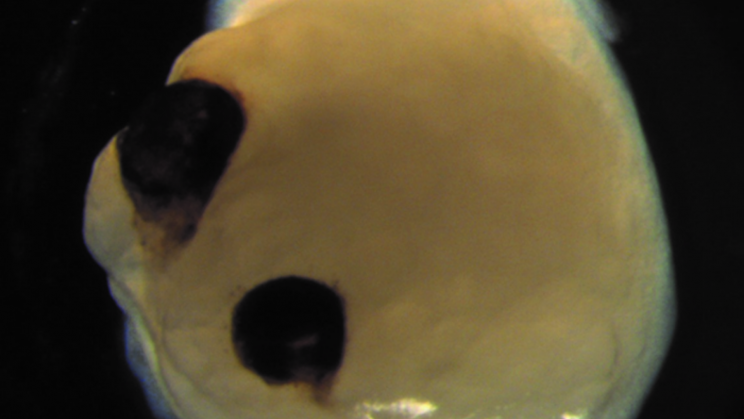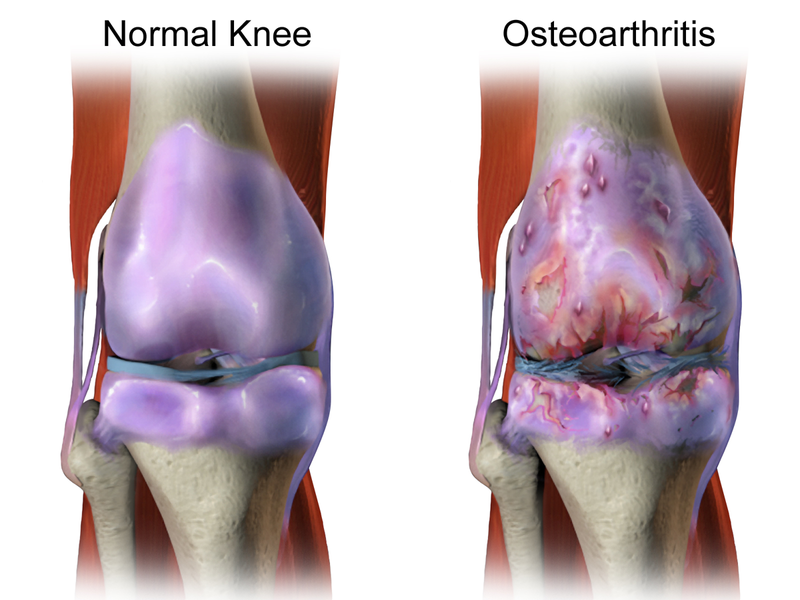The brain is the most complex organ in our body. There are around 86 billion neurons in our brain, and each neuron communicates with many other neurons.
While we are still working to uncover the mysteries of the brain, in a breakthrough, scientists were able to grow “mini-brains” in a lab setting. Believe it or not, these brains also developed eye-like structures.
Revolutionary Research
According to scientists, the structures so developed could help doctors understand congenital retinal disorders, the process of eye differentiation and development, and eye diseases. This could also be used to study development, disease, or the effects of drugs.
How scientists developed mini-brains
For developing mini-brains, scientists took skin cells from grownup donors, and they reverted them into stem cells. Then scientists placed stem cells into a culture that mimics the environment of a developing brain. As a result, they were able to develop a pea-sized, three-dimensional brain model.
Using induced pluripotent stem cells (iPSCs), the researchers induced brain organoids to develop rudimentary eye structures that can sense light and send signals to the rest of the brain.
Neuroscientist Jay Gopalakrishnan, said, “Our work highlights the remarkable ability of brain organoids to generate primitive sensory structures that are light sensitive and harbor cell types similar to those found in the body,”
“These organoids can help to study brain-eye interactions during embryo development, model congenital retinal disorders, and generate patient-specific retinal cell types for personalized drug testing and transplantation therapies.”







